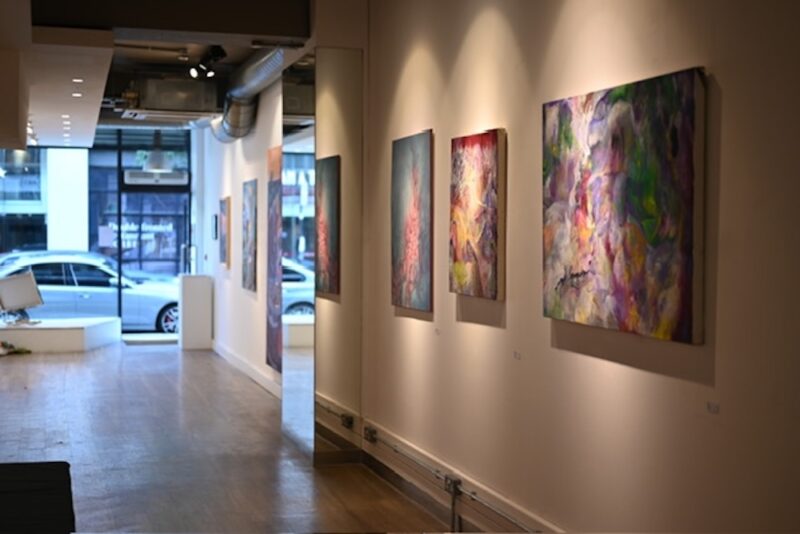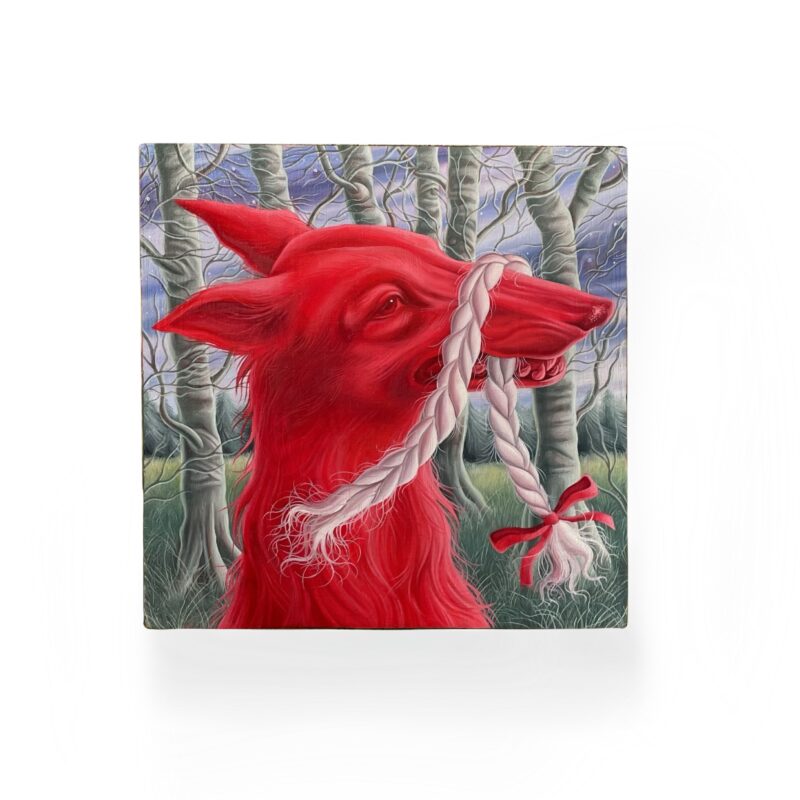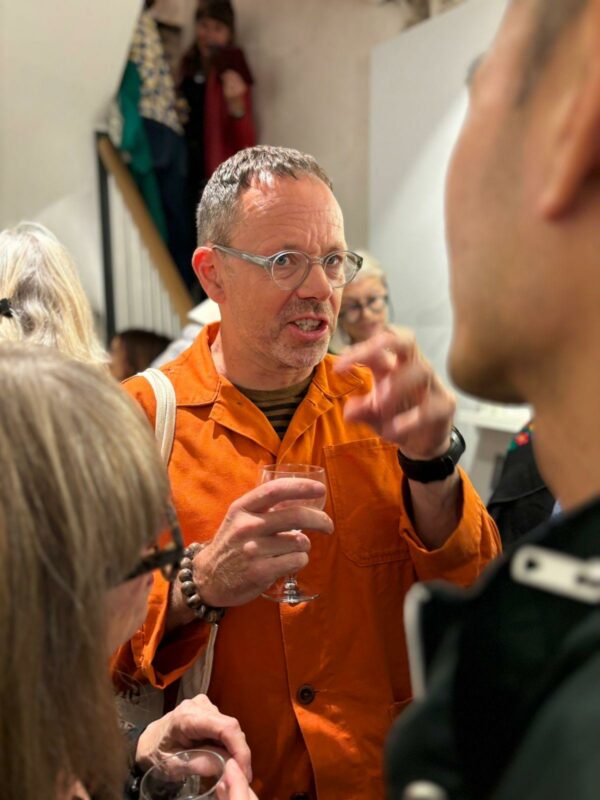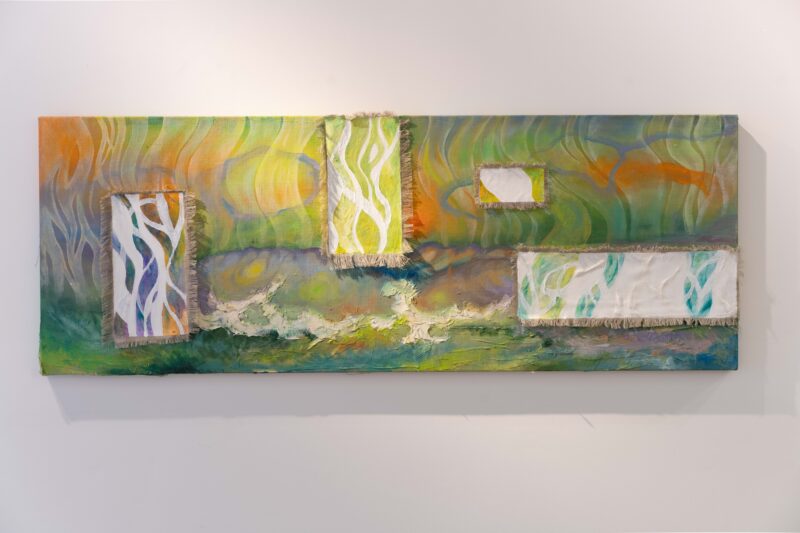
Over the next two weeks FAD will be interviewing artist forom the group show ‘System Failure’ which opens at the end of August. First up is also the curator of the exhibition Sandra Erbacher.
1.If you weren’t an artist, what else would you be?
I always dreamt of being a jockey after my dad took me to the races when I was little.
2.Can you tell us more about your work and what are the main ideas you would like to express?
The investigation of ideological systems and their inevitable breakdown is central to my work, which comes into being through an act of bricolage: a sampling and re-mixing of found images, references and translations. The resulting sculptures and installations can be described as monuments in reverse, silent witnesses to the passing of time that act against the very idea of permanence. In particular, my work deconstructs the idea and empties out the function of the monument by transforming it into a memorial to absence, thereby suggesting an understanding of history as a series of erasures.
This is achieved through the non-hierarchical use of different cultural signifiers from various historical contexts, that simultaneously evoke yet never fully materialize into a coherent narrative.
Instead, the work consists of fragments that openly proclaim their fragility, whilst appearing before us as findings of a forgotten civilisation. Marked by the emotional tone of an elegy, they are connected to what seems to be a loss of memory or an unsteady gaze cast back to a past never experienced but only imagined.
Decidedly precarious in its construction, my work is also marked by a sense of material failure, which further alludes to the ultimate inadequacy of an object or image to ever fully reveal its history.
Together these mechanisms of fragmentation and failure are reflective of the breakdown of the ideologies that might have once inhabited these signs. They are also generative of a structural uncertainty, suggesting the need for a politics that necessitates an embracing of absence and a positioning of doubt as transformative. In this sense my work might be understood as an attempt to open up a disjunctive space that resists definition, a site of radical possibility, of re-negotiating history in the present.
3. How do you start the process of making work?
That depends on the work. Each work is different, comes from a different source of inspiration and calls for a different set of actions. Most often it is research though, be it on a certain technique or historical/ cultural context.
4. Do you consider the viewer, when making your work?
I consider the space, the work will be placed in rather than the viewer, so I guess you could say I consider the parameters of the encounter with the viewer. Each viewer will bring their own personal and individual set of knowledge and experience with themselves into an encounter with the work, so it would be foolish to try to narrow the work down to appeal to only one type of viewer.
5. Name 3 artists that have inspired your work.
This changes with each body of work. At the moment, I am looking at Rashid Johnson, Glenn Ligon and Gedi Sibony.
6. What defines something as a work of art?
This is not for me to decide. Ask a critic- this question falls into their job description.
7. Anytime, any place – which artist’s body would you most like to inhabit?
I’m perfectly happy with my own.
8. What was the most intelligent thing that someone said or wrote about your work?
“Sandra Erbacher’s I Kept This Part Away from You, a photograph of a cardboard edge installed on a billboard represents, to this reviewer, one of the outstanding public art projects in recent memory in Madison. There are three complimentary ways in which the piece worked that made it particularly impactful. One, by reminding the viewer of the material substrate of the billboard, the site of the usually gleaming and commercial image, Erbacher asks us to reconsider how the commodity seeps into our everyday situation and visual culture. Second, the title asks us to consider the image itself not as a representation, but as a secret, suggesting that beneath, every image blocks as much as it communicates. Third, the ambiguity of the image itself reads in particularly poignant ways. Appearing as both cardboard seam and black and white rugged horizon, the billboard stands, at once, as a site of visual frustration and, also, opens up into an impossible and Romantic landscape. Evoking the work of public artists such as Felix Gonzalez-Torres and Renée Green, this piece also marks an auspicious public debut for an emerging artist from whom one wants to see more.”
Michael Jay McClure, PhD Associate Professor History and Theory of Contemporary Art, University of Wisconsin–Madison
9. Which artists would you most like to rip off, sorry, I mean appropriate as a critique of originality and authorship?
There is no such thing as originality, only re-contextualisation. And we’re all doing it by looking at other artists and absorbing what we like (or disagree with) and consciously or subconsciously parts of their work will flow into our own work. It is not a main concern in my work to critique originality and authorship. Duchamp and Warhol already did that- I think there are more urgent issues to explore these days.
10. Do you care what your art costs? State your reasons!
Of course. Artists have a right to a fair living wage like everyone else
11. What’s next for you?
My MFA show.
Sandra Erbacher is curating and exhibiting at ‘System Failure’ a group show presented by The Contemporary London opening Thursday 29th August more details HERE







